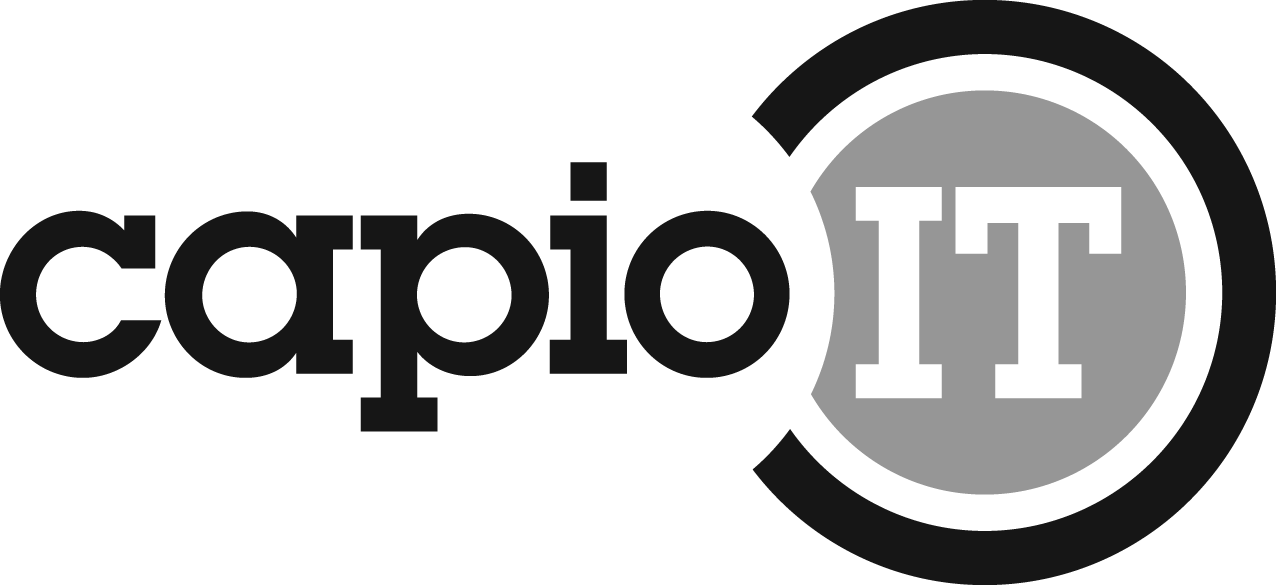A tale of two processes: Recent IBM research has highlighted the fact that currently, value ascribed by Marketing and HR from Business Intelligence could not be more divergent.
-
71% of Chief Marketing Officers (CMO) consider analytics as having the biggest impact on their business
- By contrast, additional IBM research highlighted that just one quarter of HR leadership considered analytics to be a source of significant impact on their business
Effective marketing departments have been able to identify and collate appropriate data for analytical tools as well as to quantifiably use the outputs of analysis. This has led to positive customer satisfaction insight, but it must be said, increased complexity. Traditional customer segmentation tended to often merely apply insight from a small number of data points. Now the focus is on as many as 40 data points to provide a full customer viewpoint.
In contrast to the marketing function, HR departments have not had enough attention paid to them by vendors of either Business Intelligence or HR systems in terms of the ability to leverage the data available from a Business Intelligence perspective. Internal politics and the often internally focused nature of the HR function has reinforced the fact that technology adoption occurs slowly. As a result, benefits for HR of Business Intelligence have been less visible and tangible. At an initial phase, the benefits of adoption of Business Intelligence but can encapsulate recruitment (potentially linked in social media with the Marketing function), employee targeting (retention in particular) and satisfaction.
This inconsistency of organisational Business Intelligence awareness and maturity presents a positive opportunity for the IT department. If your organisation has had success in Business Intelligence in marketing, or any other related function, IT has a unique opportunity to support transfer of best practice across to other business processes promoting IT as key enabler of collaboration. Ideally this can be done through IT acting as a trusted provider of services internally. In the example of Marketing leading whilst HR lags, IT should identify a trusted ally from marketing to introduce HR to the benefit of Business Intelligence and analytics and the benefits of integration with the technology group in enabling these benefits to be leveraged.
What should the CIO do next
- Ensure that your organisation can identify and capture emerging sources of data to drive real business outcomes. Process and checkpoints must be in place to ensure that real and relevant data is captured (as a priority).
- IT should work as a central point to help migrate Business Intelligence across your organisation. Identify best practice and use this as a template to other processes or departments to ensure that the organisation has broader insight into the use of analytics or Business Intelligence to improve business decisions.

Leave a comment